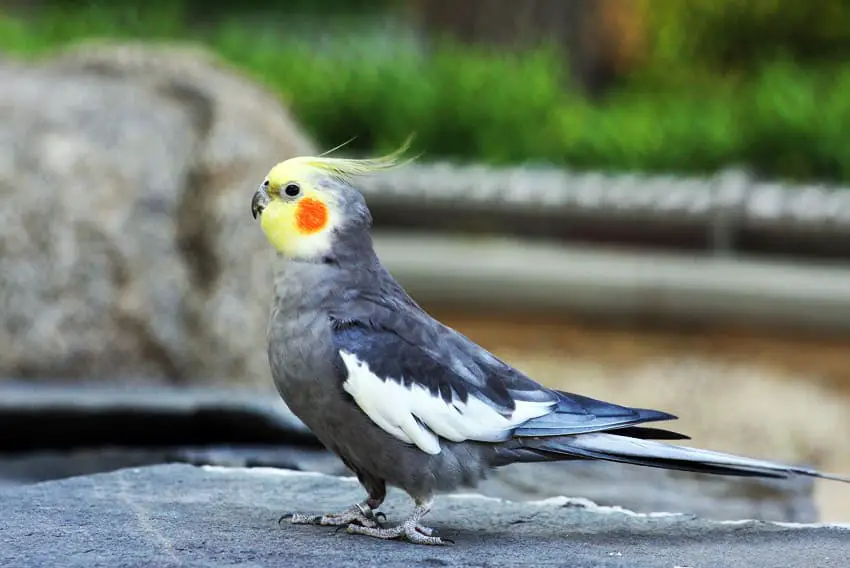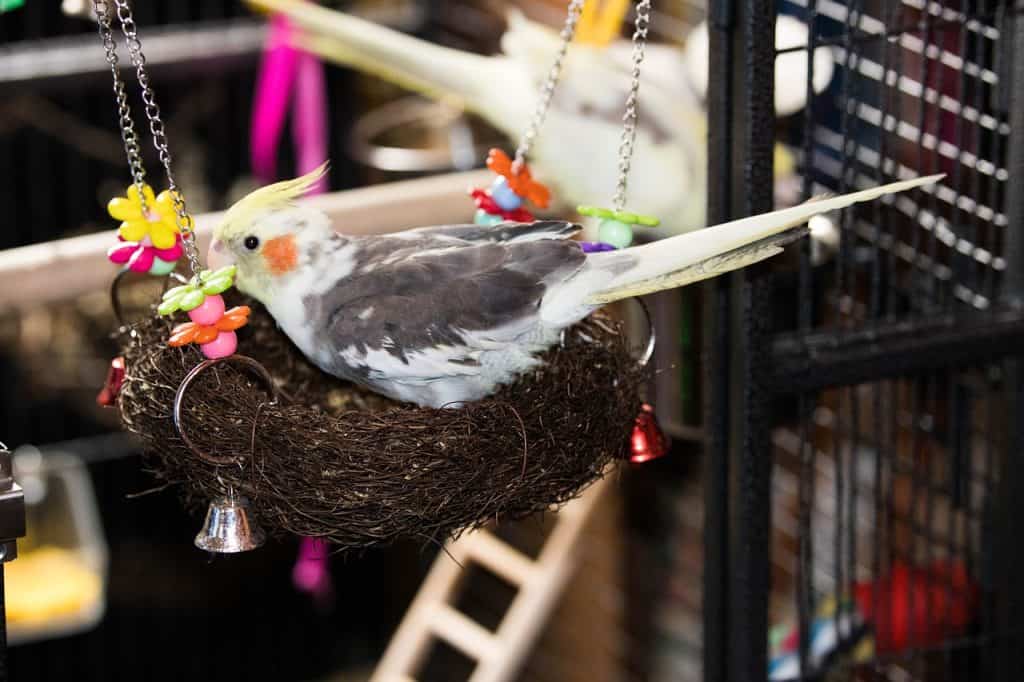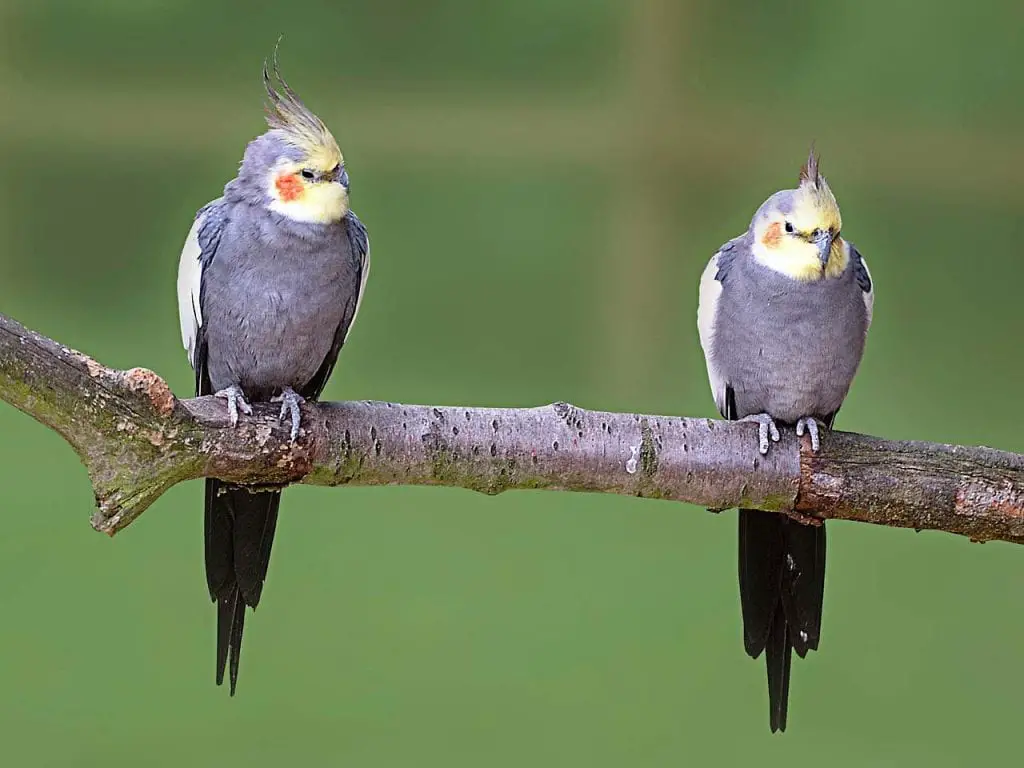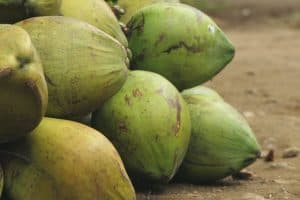Are you struggling with a mischievous feathered friend? Training naughty cockatiels can seem daunting, but with the right approach, you’ll transform chaos into harmony in no time. Cockatiels are known for their playful and affectionate nature, yet they can exhibit behaviors that challenge even the most patient pet owners.
Understanding the basics of bird behavior and consistent training techniques is key. You’re not alone in this journey; many cockatiel owners face similar hurdles. By learning how to train naughty cockatiels effectively, you’ll enhance both your life and your bird’s well-being, ensuring a happier, more peaceful coexistence. Let’s dive into the essentials of turning your cheeky bird into the perfect companion.
Understanding Naughty Cockatiel Behavior

Grasping why your cockatiel behaves naughtily is the foundation of modifying its behavior positively. By understanding the root causes and manifestations of these behaviors, you can tailor your approach to ensure a harmonious living situation.
Reasons Behind Misbehavior
Naughty behavior in cockatiels can stem from a variety of sources, each influencing their actions in different ways. Misbehavior often arises from boredom, lack of stimulation, or fear. Cockatiels are naturally social and intelligent birds, necessitating mental engagement and interaction. If they feel neglected or bored, they might develop undesirable behaviors as a form of self-expression or simply to get your attention.
Environmental factors play a critical role, too. Insufficient space or an overly busy or loud environment can stress your bird, leading to negative behavior. It’s important to assess whether their living conditions are contributing to their stress levels. Additionally, a sudden change in routine can unsetackson fear and anxiety, prompting a cockatiel to act out.
Common Naughty Behaviors in Cockatiels
Identifying specific undesirable behaviors is key to correcting them. Common issues include biting, screaming, and feather plucking. Biting can be a defensive response if a cockatiel feels threatened or overstimulated. Screaming, on the other hand, might occur if they’re seeking more interaction or are reacting to environmental stressors.
Feather plucking is an especially concerning behavior, reflecting significant emotional or physical distress. This could be triggered by various factors, including dietary deficiencies, allergies, or emotional neglect. Monitoring these behaviors closely offers valuable insights into your cockatiel’s well-being, and addressing them requires patience, understanding, and sometimes the guidance of an avian behavior consultant.
Essential Training Principles

When training your cockatiel, applying fundamental principles ensures effective learning and behavior modification. These principles foster a positive relationship between you and your bird, making the training process enjoyable and successful for both.
Importance of Consistency
Consistency is key to teaching your cockatiel desired behaviors and curbing undesired ones. By consistently responding the same way to your bird’s actions, you help it learn what is acceptable and what isn’t. For instance, if biting occurs, consistently saying “no” in a firm, calm voice and placing the bird back on its perch communicates that biting is not tolerated. This consistency offers clear communication, aiding your cockatiel’s understanding and compliance. Training sessions should occur daily for about 10-15 minutes, ensuring your cockatiel can assimilate the lessons without becoming overly tired.
Using Positive Reinforcement
Positive reinforcement proves extremely effective in training cockatiels. This method involves rewarding your bird for good behavior, which increases the likelihood of the behavior being repeated. Rewards can be treats, praise, or playtime, contingent upon performing the desired behavior.
For example, offering a favorite treat right after your cockatiel steps up on your finger without nipping reinforces that stepping up is a rewarding behavior. Simple tools like clicker training can also be integrated to mark the exact moment a desirable behavior occurs, providing clear, immediate feedback that helps your bird understand and repeat the action.
Effective Training Techniques
Training your cockatiel through misbehavior can seem daunting, but implementing the right techniques creates a beneficial environment for both you and your bird. By focusing on structured training sessions and addressing specific behaviors, you can cultivate a happier, more obedient companion.
Setting Training Sessions
Effective training sessions are brief and consistent. Aim for 5-10 minutes sessions, several times a day, to keep your cockatiel engaged without causing fatigue. During these sessions, use positive reinforcement to highlight good behavior. Rewards like treats or verbal praise immediately following the desired action reinforce that behavior positively.
Tools such as clicker training can provide instant feedback, making it clear to your cockatiel that they are performing the correct action. Ensure each session ends on a high note, with a reward to enhance learning retention.
Addressing Specific Behaviors
To address specific undesirable behaviors such as biting or screaming, it’s essential to understand the triggers. Observe when these behaviors occur and adjust your approach accordingly. For biting, gently discourage the behavior by putting your bird back in its cage with minimal fuss, showing that biting won’t garner attention.
For screaming, rewarding quiet or speaking in soft tones when your cockatiel vocalizes appropriately can help change this behavior. Consistency is key; always respond the same way to undesired actions to help your bird learn the expected response. Additionally, integrating new toys and activities into the bird’s cage can distract and redirect negative behavior towards more constructive activities.
Handling Screaming and Biting
Training naughty cockatiels requires patience, especially when dealing with screaming and biting. These behaviors can be challenging, but with the right techniques, you can improve your bird’s manners effectively.
Techniques to Reduce Screaming
To manage and reduce screaming in cockatiels, consistency in response plays a crucial role. First, identify the triggers for screaming. Common triggers may include a desire for attention, boredom, or reacting to external noises. Once identified, try to mitigate these triggers by making adjustments in the environment or your interactions.
Utilizing positive reinforcement effectively can lead to significant improvements. When your cockatiel remains quiet, reward this behavior with a favorite treat or verbal praise to reinforce the good behavior. For moments when your cockatiel begins to scream, maintain a calm demeanor and avoid yelling back, as this could exacerbate the issue. Instead, wait until they are quiet to interact with them, reinforcing the silence rather than the screaming.
Introducing new toys or engaging activities can also help reduce boredom-related screaming. Puzzle toys or foraging activities keep their mind active and redirect their energy away from undesirable behaviors.
How to Curb Biting in Cockatiels

Biting in cockatiels often stems from fear, stress, or territorial behavior. Understanding the source of biting is your first step toward managing it. Observe your cockatiel’s body language to better understand their feelings and predict potential biting incidents.
Positive reinforcement training is crucial in curbing biting behaviors. When your cockatiel interacts with you gently, immediately reward them with treats or affectionate attention. If a bite occurs, it’s important to remain calm, gently put your cockatiel back in its cage, and give them time to calm down before attempting further interaction.
Consistent training sessions are essential. Short, daily training sessions help build trust and teach your cockatiel that good behavior results in positive outcomes, while negative behavior does not garner extra attention. Utilizing tools like clicker training can also provide immediate feedback and make the training process easier for both you and your cockatiel.
- 4 INCHES WIDE: Larger than a tennis ball and 100% Natural Rubber Bird Toy
- TREAT TOY: Fill with your bird's favorite treats, or stuff and let them forage
- STIMULATING: Intellectually and physically challenging designed to engage your feathered friend
- KEEPS BIRDS ENTERTAINED: Activate your bird's body, mind and soul!
- MADE FOR PARROTS: Suitable for parrots of all sizes
Encouraging Positive Behavior in Your Cuddly Bird
Every cockatiel is unique, and while some may exhibit more undesirable behavior than others, a little patience and the right approach can make a big difference. A cuddly bird can be an affectionate and delightful companion, but transforming a behavior problem into a positive experience involves understanding and consistency.
Recognizing and Addressing Behavior Problems
Understanding why your cockatiel displays certain behaviors is crucial. Whether it’s biting, screaming, or feather plucking, these actions often signal a deeper issue. Many birds show signs of stress or discomfort through such behaviors, and recognizing these signs early can help prevent more serious problems.
Training Session Techniques
Effective training sessions are essential for addressing and modifying undesirable behavior. Here’s how you can create a productive environment for your cuddly bird:
- Tailor Sessions to Your Bird’s Needs: Each cockatiel has its own personality and preferences. Customizing your training sessions to suit your bird’s individual needs can lead to more successful outcomes. For instance, if your bird is particularly sensitive to certain stimuli, adjust the training environment to minimize distractions and stressors.
- Short and Frequent Intervals: Keeping training sessions brief but frequent helps maintain your cockatiel’s attention and prevents them from becoming overwhelmed. Aim for 5-10 minute sessions multiple times a day to reinforce positive behaviors without causing fatigue.
- Use Positive Reinforcement: Rewarding good behavior is the cornerstone of effective training. Whether it’s through treats, praise, or extra playtime, positive reinforcement helps your bird associate desired behaviors with pleasant outcomes. For example, when your cockatiel refrains from an undesirable action, immediately offer a reward to reinforce the good behavior.
- Be Patient and Consistent: Patience is key when working with any bird, especially those exhibiting behavior problems. Consistency in your responses and reinforcement ensures that your cuddly bird understands what is expected and can make a big difference in their learning process.
Final Thoughts: How to Train Naughty Cockatiels?
Training your naughty cockatiel requires patience and understanding. By employing the techniques discussed, such as identifying triggers for unwanted behaviors and using positive reinforcement, you’ll see a significant improvement in your bird’s conduct. Remember, consistency is key in any training regimen. Don’t hesitate to seek professional help if you find the challenges overwhelming. With time and dedication, your cockatiel can transform from mischievous to well-mannered, enhancing the bond you share.
Other suggested articles:




